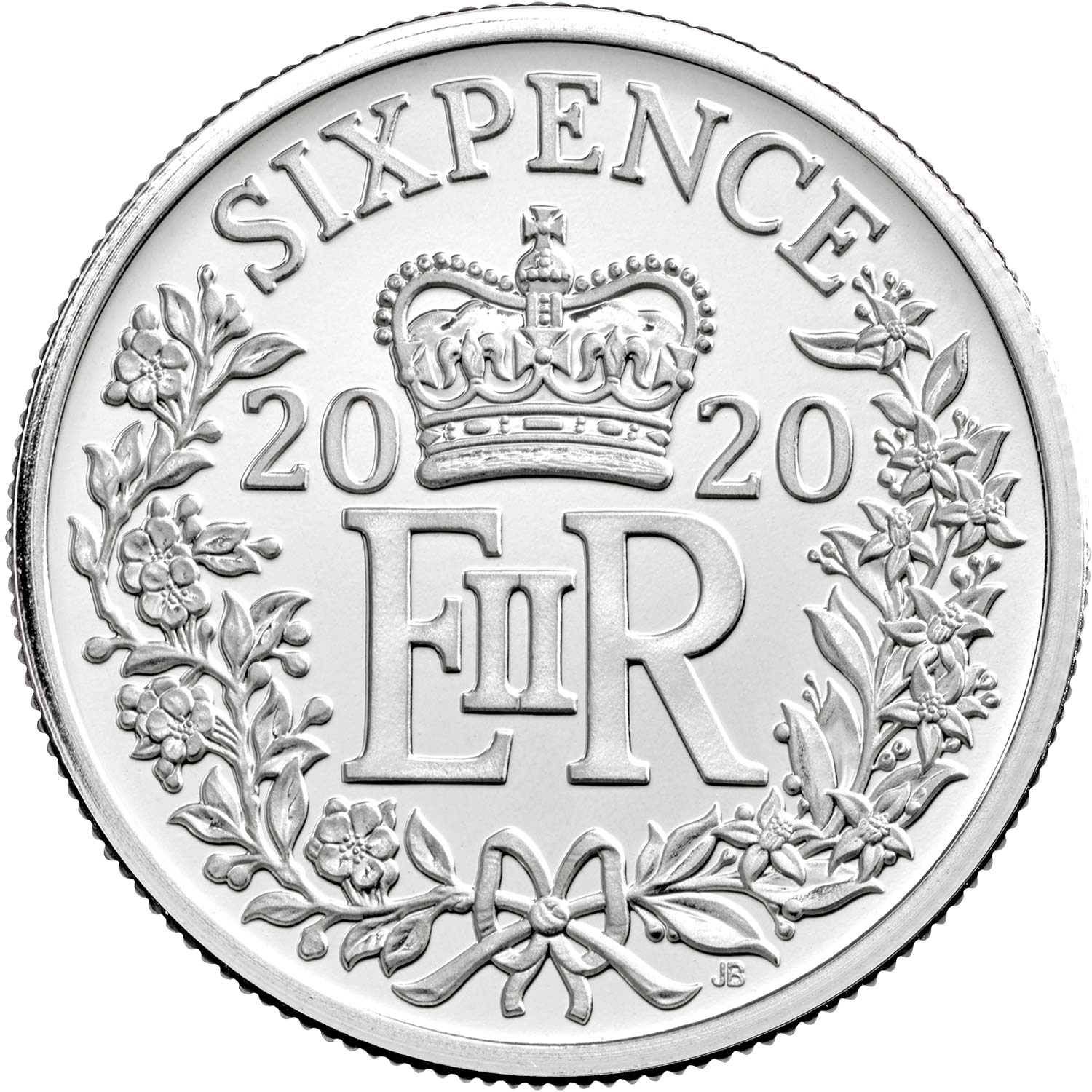Silver Sixpence


Historically, the sixpence coin has been seen as a token of luck and good fortune for the recipient. Brides traditionally put a sixpence in their shoe on their Wedding Day, children would find the silver coin inside Christmas pudding etc.
Silver Sixpence 100 Year Old Authentic. 4.7 out of 5 stars 69. Get it as soon as Thu, Feb 11. FREE Shipping by Amazon. CoinageArt Sixpence Coin. The Silver Sixpence Wedding Venue, Dullstroom. 4,481 likes 21 talking about this 7,889 were here. Plan your perfect wedding weekend in the rolling highland hills and forests of Dullstroom. The thistle is the National Emblem of Scotland, and illustrated here in a delicate circle around a lucky sixpence.
The Sixpence (half a shilling) was a British silver coin that was first minted 1551 and virtually continuously until decimalisation in 1971. They were often known as 'tanners'. They are small coins, the last minted had a diameter of about 19.4 mm.Silver Sixpence Bridal Boutique
It was a popular coin when in circulation and is now popular with collectors as it has a long history and many nice specimens can be obtained at affordable prices. - You can see Sixpences on eBay UK| 1551 Sixpence - Edward VI |
| 1554 Sixpence - Philip and Mary Mintage: N/A |
| 1562 Sixpence - Elizabeth I (SCBC 2595) |
| 1562 Sixpence - Elizabeth I (SCBC 2597) Mintage: N/A |
| 1593 Sixpence - Elizabeth I |
| 1632 Sixpence - Charles I Mintage: N/A |
| 1638 Sixpence - Charles I |
| 1757 Sixpence - George II Mintage: N/A |
| 1787 Sixpence - George III |
| 1817 Sixpence - George III Mintage: 10,900,000 |
| 1872 Sixpence - Victoria |
| 1899 Sixpence Mintage: 7,996,804 |
| 1926 Sixpence |
| 1928 Sixpence Mintage: 23,123,384 |
| 1962 Sixpence |
Something old, something new, something borrowed, something blue, and a sixpence in her shoe.
What is a sixpence?
A sixpence was a coin used in the British Empire beginning in 1551. One sixpence represented six pennies. The last year of use of the sixpence coin was 1967.

How did the sixpence tradition begin?
In the middle ages, the people were very superstitious. They believed that much of their life was controlled by evil spirits. Anything they could do to ward off those spirits was wise. They felt that those evil spirits were particularly active during rites of passage, such as weddings, so it was important to use good luck charms to keep the bride and groom safe on their wedding day. Any type of talisman from a horseshoe to a lucky coin was considered a good omen.
During the early 1600's it was customary for the Lord of the Manor to give his bride a piece of silver as a wedding gift. This was symbolically represented by a sixpence coin. It later became a tradition to include a sixpence in the dowry that was given by the bride's family to the groom. That tradition of the sixpence as a symbol of good luck continues today.
Silver Sixpence Wedding Gift
Some families have passed down the same sixpence through the generations to continue the hope for good luck to future brides. It's also nice to seek out a sixpence minted in the year of your parents or grandparents wedding, birth years, or some other important family occasion.
Why is there a 'thistle' on the back of many sixpence coins?
Silver Sixpence Wedding
The thistle is the national flower of Scotland. According to legend in the 1200's the Danes from northern Europe attempted to invade Scotland. Hiding under the cover of darkness their raid upon sleeping defenders was stopped when a barefoot raider stepped on a thistle and howled out in pain, alerting the defenders who drove the Danes away. The thistle started appearing on Scottish coins in 1470. The back of the last sixpence features a garland of roses, thistle, shamrock (three leaf clover), and leek. The words 'Fid Def' are also on the back of the sixpence. This is Latin for fidei desfensor, or defender of the faith.